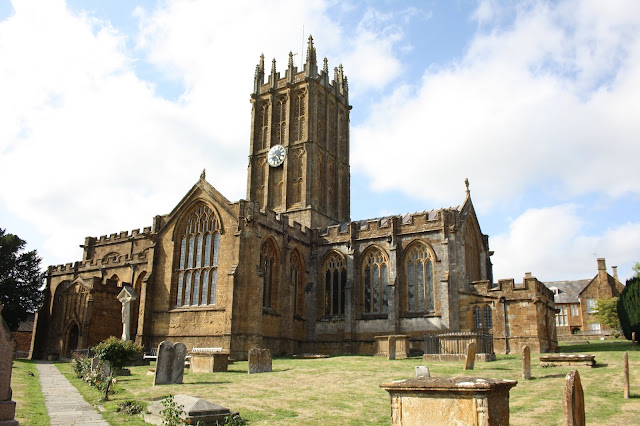Following the recent fatal crash on the A303 just west of
Ilminster Marcus Fysh, the MP for Yeovil, has reiterated his call for further
dualling of both the A303 and A358.* The
3 lane Ilminster bypass section of the A303 is a dreadful stretch of road and
does indeed need dualling as well as having, in my opinion, a speed limit of 50
mph. Furthermore, many drivers approach and enter the
roundabouts each end of the bypass – Southfields and South Petherton – at
uncomfortably high speeds, both for themselves and those already on the
roundabout. As for the A358, I hate to
think what turning right to join it will be like if it is dualled – such a
manoeuvre is difficult enough now!
As a former Bristolian I well remember the Long Ashton
bypass on the southwest approach to Bristol and the awful accidents which
occurred there until the layout of its 3 lane section was improved.
Unfortunately, I suspect dualling of the single carriageways
on the A303 and A358 will only lead to traffic reaching the next bottleneck
slightly quicker than before, and the extra capacity created will soon be
filled by travellers from new towns such as the one proposed to straddle the
A303 near Yeovilton.**
Even if Mr Fysh’s calls are heeded I doubt if the A303/A358
will be any less hazardous overall while an awful lot of money will have been
spent just to cut a few minutes off the journey between London and the
Southwest. Perhaps drivers should simply
be made to slow down, and allow their passengers to enjoy the wonderful scenery as
they pass through Wiltshire, Somerset and Devonshire!













